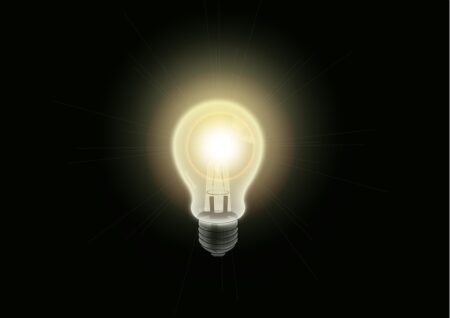18 October 2022
By Roger Kennedy
roger@TheCork.ie
Log cabin pods are a great option for a home office, gym, additional living space, or even a glamping business. Unless you are using the space for storage, you will likely need electricity to power equipment, such as a computer, treadmill, kettle, or TV.
The good news is many options are available to charge your smartphone, use a microwave, or play a video game console. Keep reading to learn about the different ways to power your log cabin pod with electricity.
An Electrical Installation
Once a stylish log cabin is installed on your property, you can contact an electrician to start the installation process. It is important to consider the amount of power you will need to introduce the correct system for your needs, such as a main consumer unit or a smaller unit using your home’s power supply. Of course, you must only hire a qualified electrician to ensure the installation process is safe, reliable, and legally compliant.
If you only need electricity to occasionally boil a kettle or charge your phone, a small unit might be a more affordable option. However, if you want to turn the log cabin into a home office, gym, or glamping site, you might need to pay a little extra for a main unit.
Of course, the log cabin size may determine the number of lights and installed sockets you will use, which an electrician must consider before the installation process. Browse Quick-Garden.co.uk to learn about the various log cabin pod options and specifications available to match your needs.
Solar Power Panels
If you are looking for a more affordable, environmentally friendly way to power a log cabin, solar power is a great electricity source, and it is environmentally friendly. Install photovoltaic (PV) panels onto your log cabin pod to capture the sun’s energy before converting it to electricity, which can power your pod’s lighting, gadgets, or appliances. Single, residential solar panels can often produce 250 to 400 watts per hour and up to 2 kWh per day.
Of course, the panels will need direct sunlight to convert the sun’s energy into electricity, which might be difficult during autumn and winter months when the days are shorter and duller. Yet, you can introduce more than one energy source to ensure you always have a backup, such as wind turbines (see below) or heat pumps.
The UK government currently provides incentives and rebates for homeowners who use solar power, and you can send any electricity you don’t use to the grid to top up your bank balance. Learn more about the government’s Green Deal to make an informed decision.
As solar panels are viewed as permitted developments, most homeowners will not require planning permission. However, it is essential to contact your local planning office for more information, as some exceptions apply.
Wind Power Technology
Wind power is another option you shouldn’t rule out. Large wind power technologies aren’t cheap, but smaller, more affordable options are available to power a log cabin pod. A home wind turbine is an intelligent choice if you live in an area with dependable wind speeds, as it will ensure you receive a reliable flow of energy to your log cabin pod.
To connect your chosen wind power system with your local electric utility grid, you must introduce a net-metering process. It will allow you to use additional power sources if needed or sell unused electricity to the grid. It is a clean, renewable energy source that could provide a big return on your investment over time. The only downsides are they depend on much wind to run efficiently and aren’t visually appealing.

